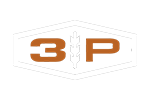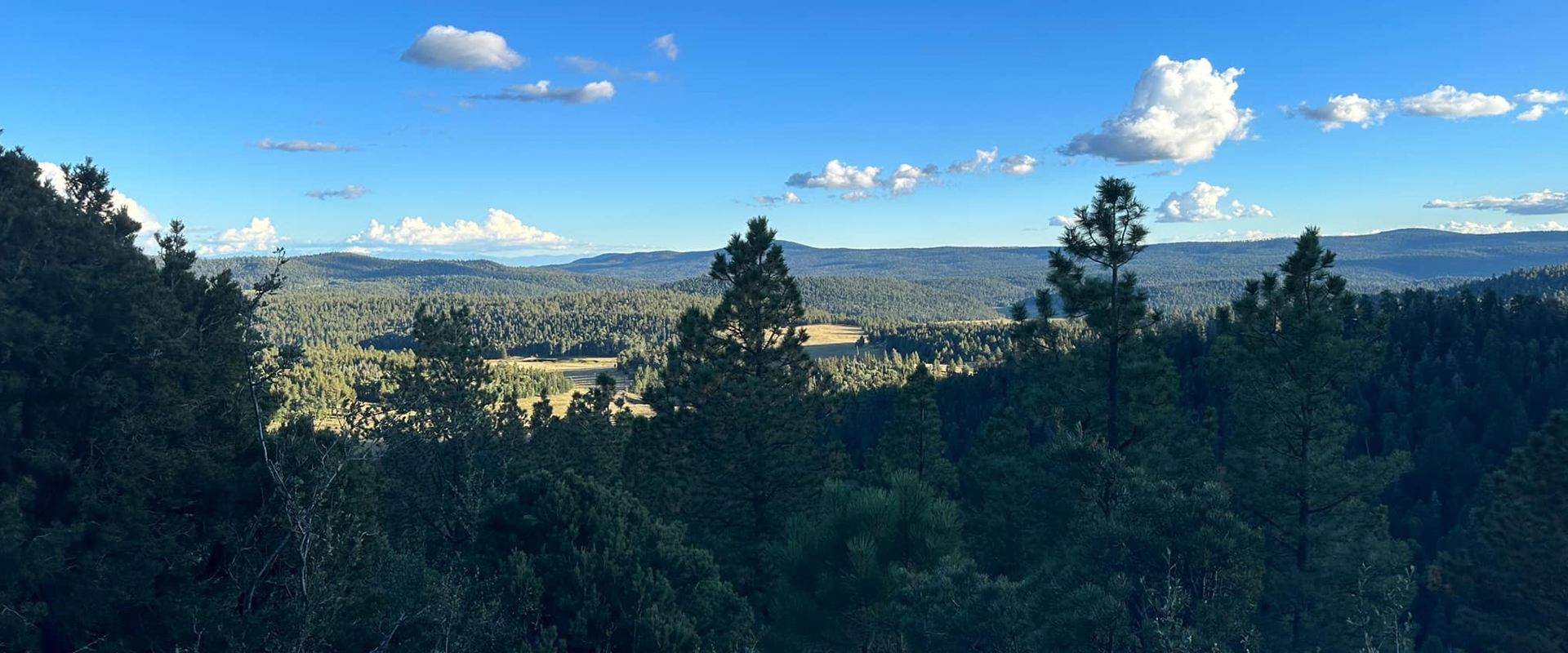
Tag Application
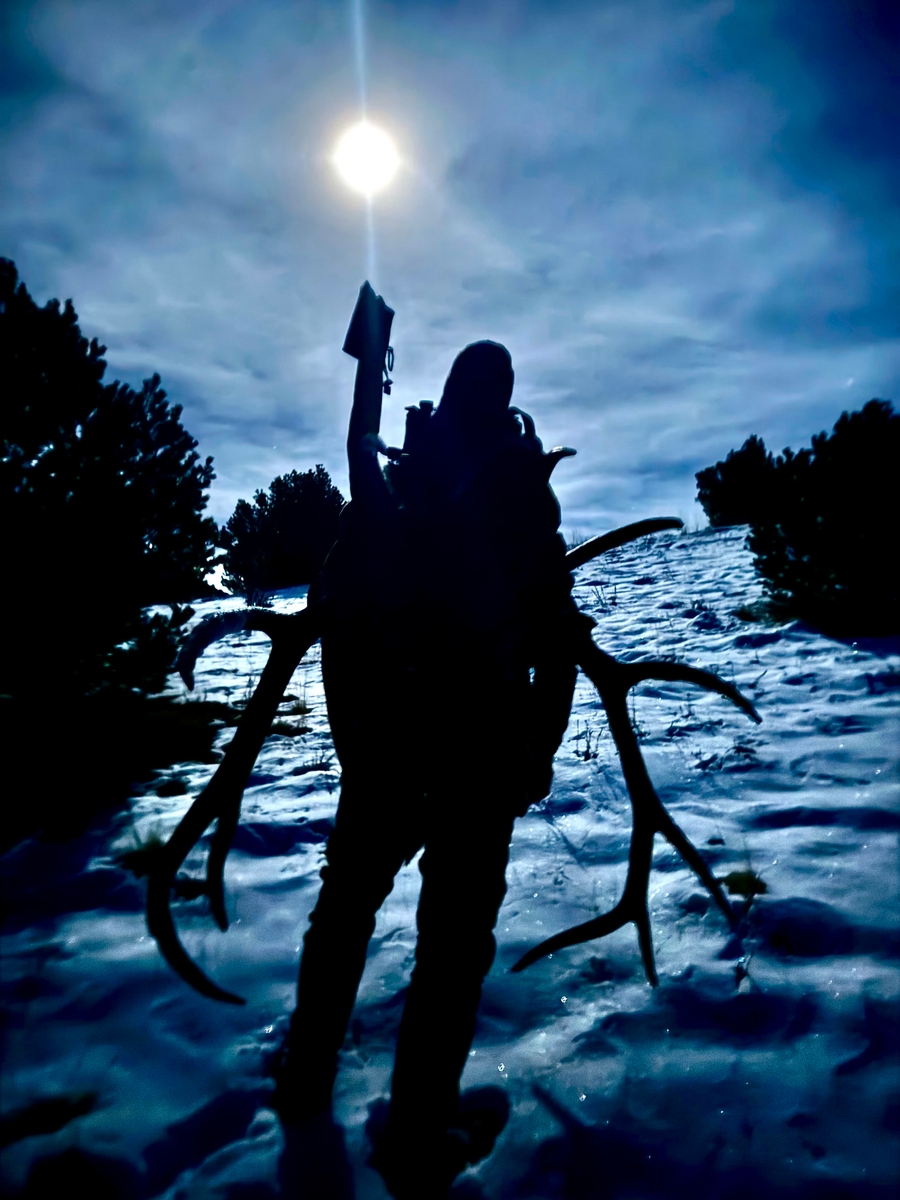
New Mexico Application Process
The New Mexico hunting draw process is a unique and structured system designed to allocate hunting permits for various species across the state. Here's a general overview of how it works:
1. Application Period
Each year, New Mexico Game and Fish opens a specific application window for hunters to apply for permits (also known as licenses) for various hunting seasons. This typically occurs in January or February, and applications are submitted online through the New Mexico Game and Fish website. Hunters can apply for one or multiple species and hunting units during this period.
2. Hunt Choices and Species
Hunters must select the species they wish to hunt (such as elk, deer, antelope, etc.) and the units or areas they want to hunt in. New Mexico offers a range of units with varying odds of success, and hunters need to research which units they prefer. You can apply for different species but need to prioritize which ones you'd prefer to hunt.
3. Preference Points and Random Draw
The New Mexico draw is based on a random draw:
Random Draw: New Mexico uses a random draw for most hunts. This gives every hunters an equal chance to draw a permit. With different numbers going to residents, out of state, and outfitter pool.
4. Draw Results
Once the application period closes, New Mexico Game and Fish conducts the draw, usually in March or April. The draw results are then posted on the New Mexico Game and Fish website, and hunters are notified of whether they have been awarded a permit.
5. Post-Draw Options (Landowner Tags)
If a hunter is unsuccessful in the draw, they may still have opportunities to hunt through landowner tags. Landowners who have wildlife on their property can receive hunting permits from the state and may sell them to hunters. These permits are often for the same species and units as the regular draw tags. The prices for landowner tags are set by the landowners, and the process of securing one can be done through connections or guides familiar with local landowners.
6. License Purchase
Once a hunter is drawn, they will need to purchase the permit for their specific hunt. This is done through the New Mexico Game and Fish website, and hunters must ensure they meet all requirements for the hunt (e.g., specific weapon types, hunting season dates).
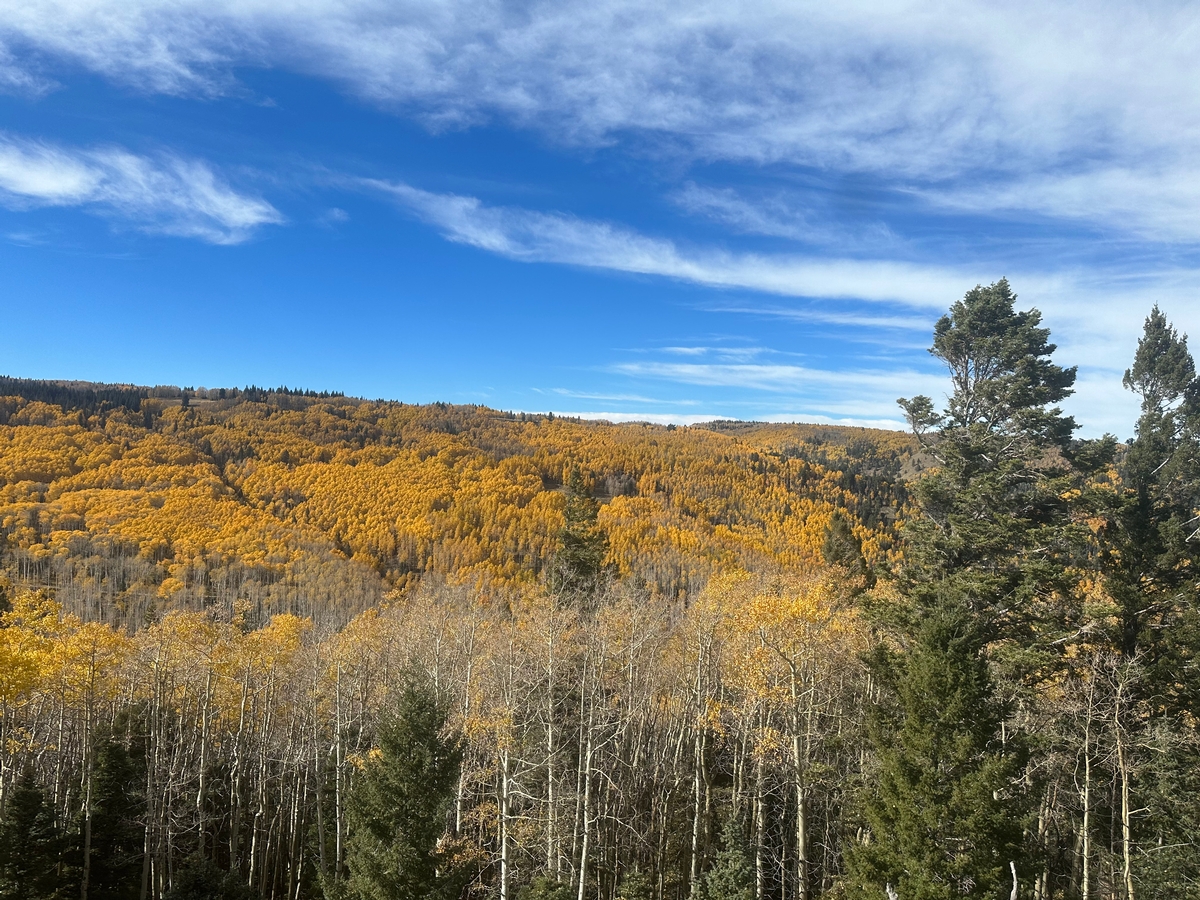
Outfitter Number
In New Mexico, hunters can apply for hunting permits (licenses) using an outfitter number if they plan to hunt with a licensed outfitter. This number allows outfitters to apply for hunting permits on behalf of their clients, simplifying the process for those who are utilizing professional guide services. Using the outfitter number will increase your chances of drawing a permit. Here’s an outline of how the process works:
1. Obtain an Outfitter Number
• Outfitter License: To apply through an outfitter, the outfitter must be a licensed, registered guide with the New Mexico Game and Fish Department. They will have a unique outfitter number, which identifies them in the state’s system.
• Outfitter Number: This number is used by the outfitter to apply for multiple hunters, streamlining the process for their clients.
2. Booking a Hunt with an Outfitter
• Select an Outfitter: Hunters who want to apply using an outfitter number must first select an outfitter and book a hunting trip. When booking, the outfitter will ask for the hunter's details, including personal information and species preferences.
• Outfitter’s Role: The outfitter is responsible for guiding the hunt and assisting with the logistics, such as travel, lodging, and obtaining necessary permits. They also handle the application process on behalf of their clients.
3. Outfitter Applies on Behalf of the Client
• Application Submission: Once the hunter has booked the trip, the outfitter will use their outfitter number to submit applications for the hunter during the designated draw period (usually January through February). The outfitter submits the hunter's preferences for species, units, and hunting dates, as well as any other required information.
• Outfitter Number Required: When submitting the application, the outfitter includes their unique outfitter number. This links the application to the outfitter, and it confirms that the hunter is applying for a guided hunt.
• Client’s Information: The hunter’s personal information and desired hunt details (species, unit, weapon type, etc.) will be entered as part of the application, but the outfitter submits it on the hunter’s behalf.
4. Draw Process
• The application will go through the standard New Mexico draw process, which is a random draw system.
• Notification: After the draw is complete (typically in March or April), the outfitter will be notified of the draw results, and they will contact the hunter with the outcome.
5. After the Draw – Successful Applicants
• Tag Issuance: If the hunter is successful in the draw, the outfitter will notify the hunter and assist with purchasing the hunting license and any additional required permits.
• Contract and Hunt Details: The outfitter will then send the hunter a full contract for the guided hunt, outlining dates, fees, and other important details about the upcoming trip.
6. After the Draw – Unsuccessful Applicants
• If the hunter is not drawn, they may still have the option to hunt through landowner tags (if available) or discuss alternatives with the outfitter for future hunting opportunities.
7. Outfitter Services and Fees
• Additional Fees: Keep in mind that while the outfitter handles the application process, there will generally be additional fees for their services, which can vary based on the hunt package (guiding, lodging, etc.). The outfitter will provide detailed pricing and services before the hunt.
8. Important Considerations
• Outfitter Number Requirement: To apply with an outfitter, you must be hunting with a licensed outfitter, and you must use their outfitter number when submitting the application.
• Outfitter Draw vs. Non-Outfitter Draw: New Mexico uses separate draw systems for hunters applying through an outfitter versus those applying as individuals. Hunters who apply through an outfitter typically have a higher likelihood of being drawn for certain high-demand units.
• Ensuring the Outfitter is Registered: Before booking with an outfitter, verify that they are licensed and registered with New Mexico Game and Fish. The state’s website has a list of approved outfitters and their numbers.

Where We Come In
Tag Application
Step One: The initial step in applying for any draw hunts (Elk, Deer, Antelope) is to complete and sign a pre-draw contract for the use of the outfitter number. This outfitter number is a special draw code that enhances your chances of success in the application process.
Step Two: We schedule a phone call to discuss the hunts that best suit your preferences and guide you through the application process on the New Mexico Game and Fish website, or have you fill out a LIMITED POWER OF ATTONERY form and we will put in for you. During this call, we'll review your weapon choice, preferred species, and the unit or units you'd like to apply for.
Step Three: The moment of truth has arrived—this is where the excitement begins! When the draw results are released, we will reach out to you with the outcome. If you were successful, we'll send you a full contract for your upcoming hunt(s). If your application was unsuccessful, don't worry—your dreams of hunting in New Mexico are not over. This is where landowner permits come into play.
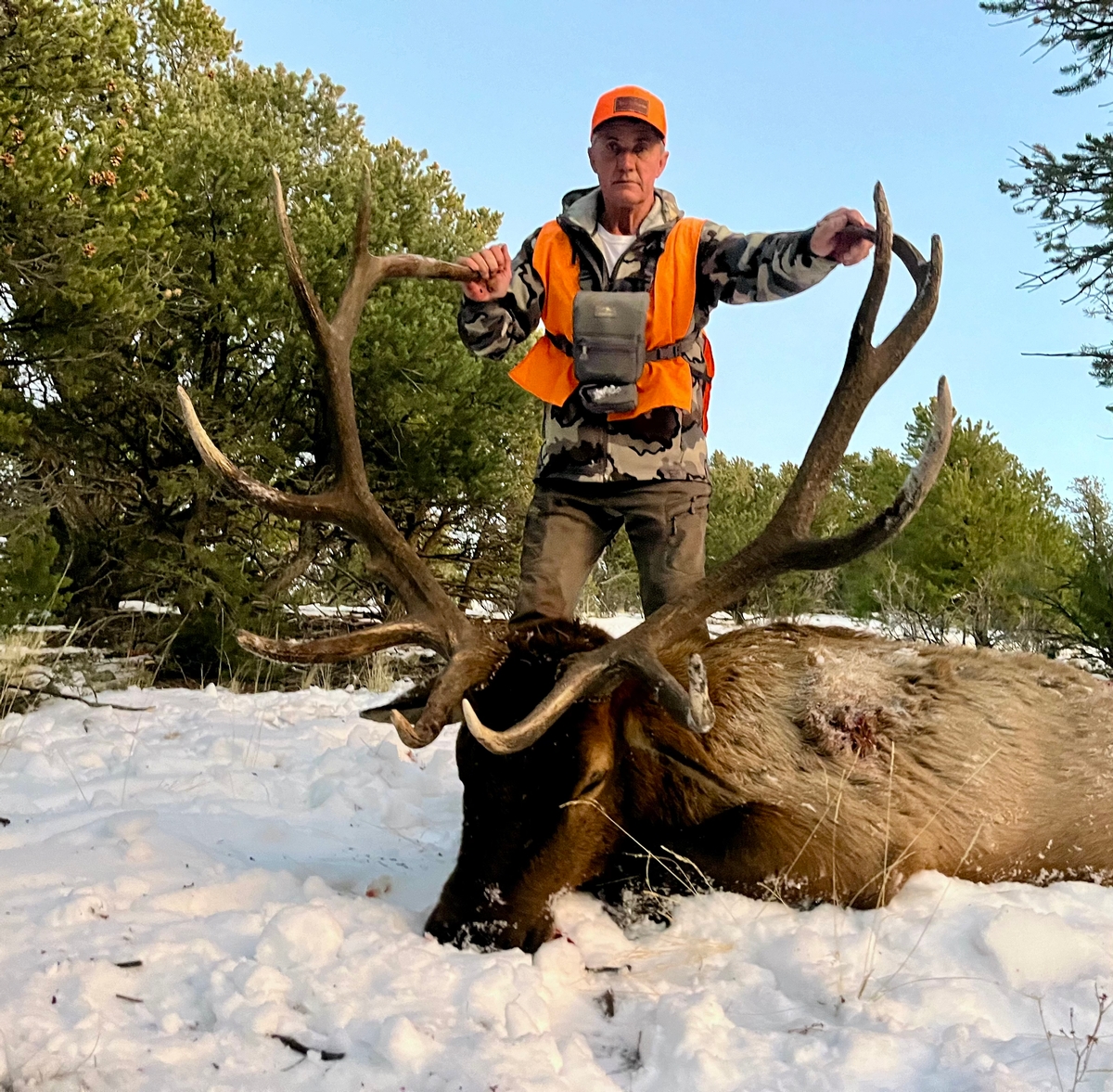
Land Owner Permits
In New Mexico, landowner tags are a type of hunting permit issued to landowners who have wildlife on their property. These tags allow landowners to sell hunting privileges for their land to hunters, providing an alternative way for individuals to hunt, particularly in areas with limited draw opportunities. Here's a detailed explanation of how landowner tags work:
1. What Are Landowner Tags?
Landowner tags are hunting permits granted to private landowners who meet specific requirements related to wildlife management. These tags are typically for high-demand species such as elk, deer, antelope, and sometimes other game species. They are issued by New Mexico Game and Fish and can be used on the landowner’s property or within the unit where the land is located.
2. How Landowner Tags Work
Issued to Landowners: If a landowner has a property where wildlife resides (e.g., for elk or deer hunting), they may receive tags from New Mexico Game and Fish. These tags allow hunters to hunt on the landowner's property or in specific areas that the land is located within.
Available for Sale: Once the landowner receives the tags, they have the option to sell or transfer these permits to hunters, often through an outfitter or directly. The price of the tag is set by the landowner, and it can vary based on demand, location, and species.
3. Who Can Purchase Landowner Tags?
Hunters: Landowner tags are typically available to hunters who are willing to pay the landowner's asking price. This is a popular option for those who may not have drawn a permit through the regular lottery system but still want to hunt in a specific area.
Outfitters: Outfitters often act as intermediaries for landowners and hunters. They help secure landowner tags for their clients, handling the transaction and ensuring that hunters have a guided experience on private land.
4. Benefits of Landowner Tags
Increased Hunting Opportunities: Landowner tags provide hunters with an additional way to access hunting opportunities, especially in units with high demand or limited tags.
Guaranteed Access to Land: Since these tags are associated with private land, they offer guaranteed access to hunting in areas where public hunting may be restricted or heavily competed for.
5. How to Secure a Landowner Tag
Through Outfitters: Many hunters secure landowner tags by working with outfitters who have established relationships with landowners. The outfitter can help ensure the hunter gets the tag, manage the logistics of the hunt, and guide the hunter throughout the experience.
Directly from Landowners: In some cases, landowners may sell tags directly to hunters. This can sometimes be arranged through local hunting organizations or by networking within the hunting community.
Price of Landowner Tags: The cost of a landowner tag varies. It is determined by the landowner, and while there is no fixed price, it is usually based on factors such as the unit's popularity, the species being hunted, and the size and quality of the land.
6. Landowner Tags vs. Draw Tags
Draw Tags: These are obtained through the New Mexico Game and Fish lottery system and may require preference points or a random selection process. There is often fierce competition for these tags, especially for popular units and species.
Landowner Tags: These provide an alternative for hunters who were unsuccessful in the draw or who prefer hunting on private land. There is no lottery involved for landowner tags, and if the landowner is willing to sell, a hunter can purchase them, provided they are available.
7. Restrictions and Requirements
Tag Usage: The hunter using a landowner tag must adhere to all New Mexico Game and Fish regulations, including hunting season dates, weapon restrictions, and bag limits.
Non-transferable: Landowner tags are generally non-transferable, meaning they cannot be sold or given to someone else unless it’s through the sale or arrangement made by the outfitter or landowner.
8. Landowner Tags and Conservation
Landowner tags can help support conservation efforts by encouraging landowners to maintain and manage wildlife habitats effectively. The revenue generated from selling landowner tags provides landowners with an incentive to manage their land in a way that supports healthy wildlife populations.
9. Advantages for Outfitters
Securing More Hunting Opportunities: Outfitters who are connected with landowners can offer clients more hunting options, including the chance to hunt in prime areas that are otherwise difficult to access.
